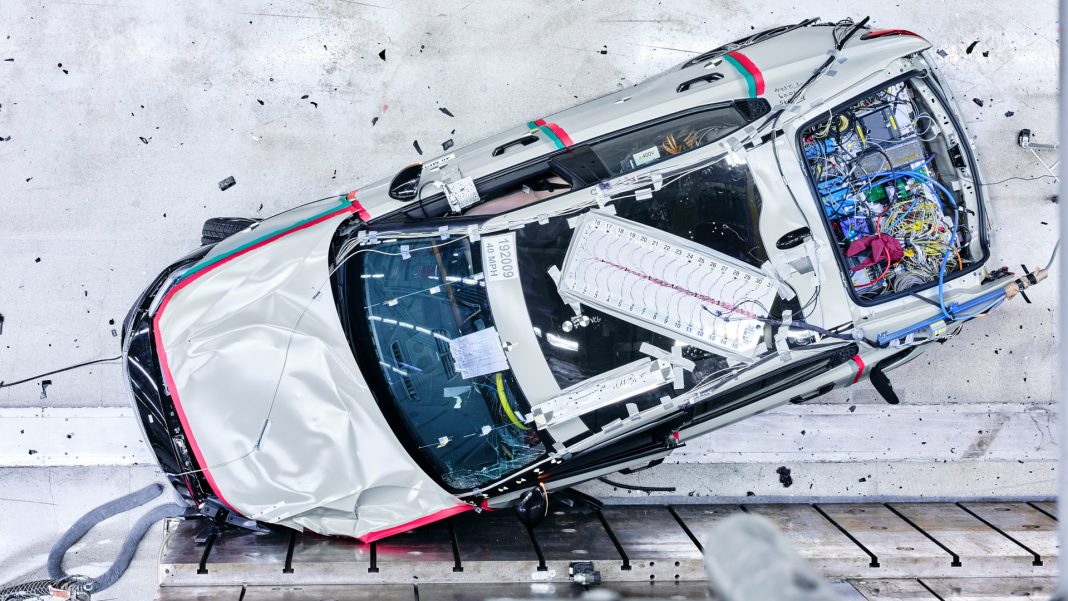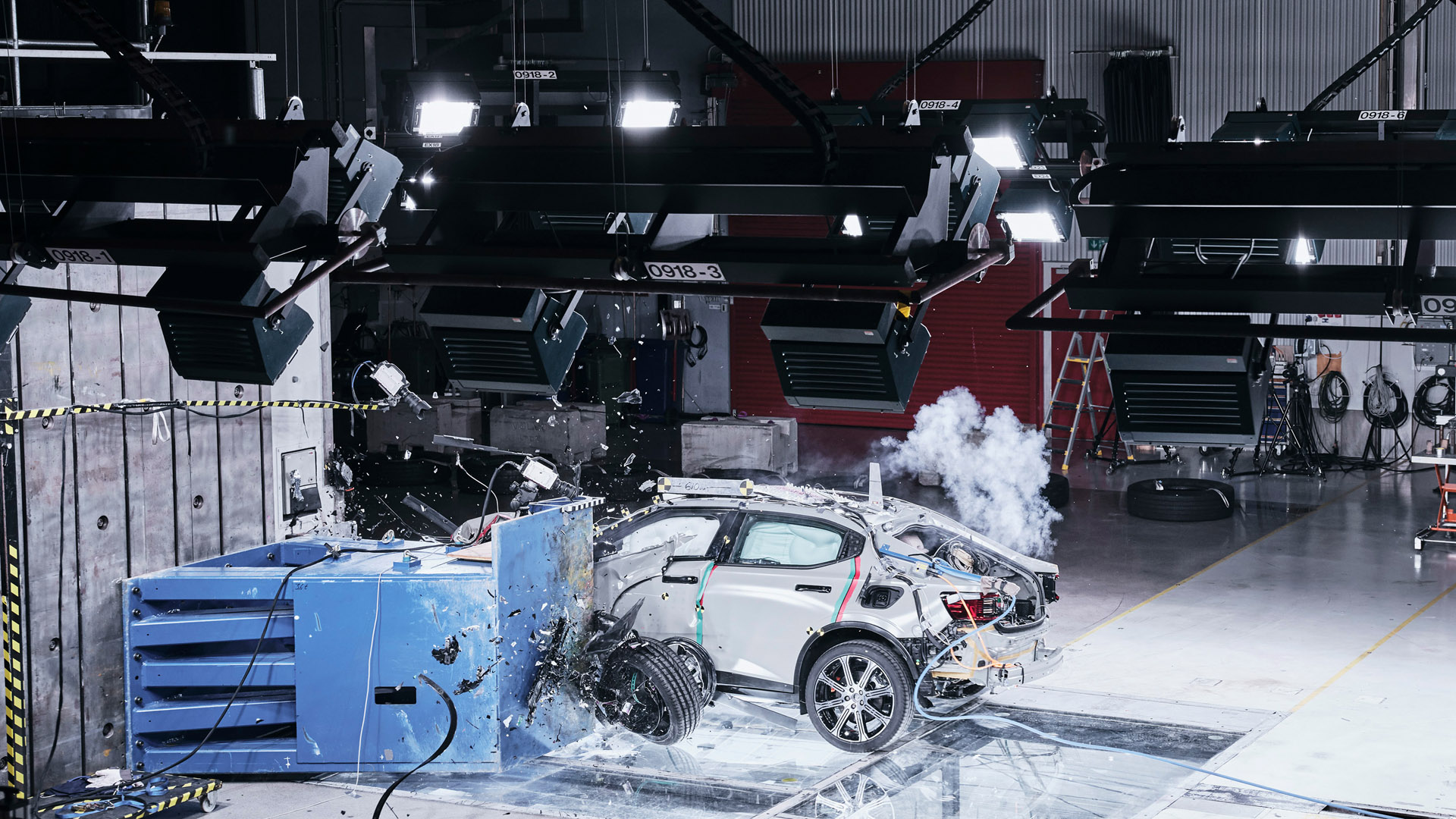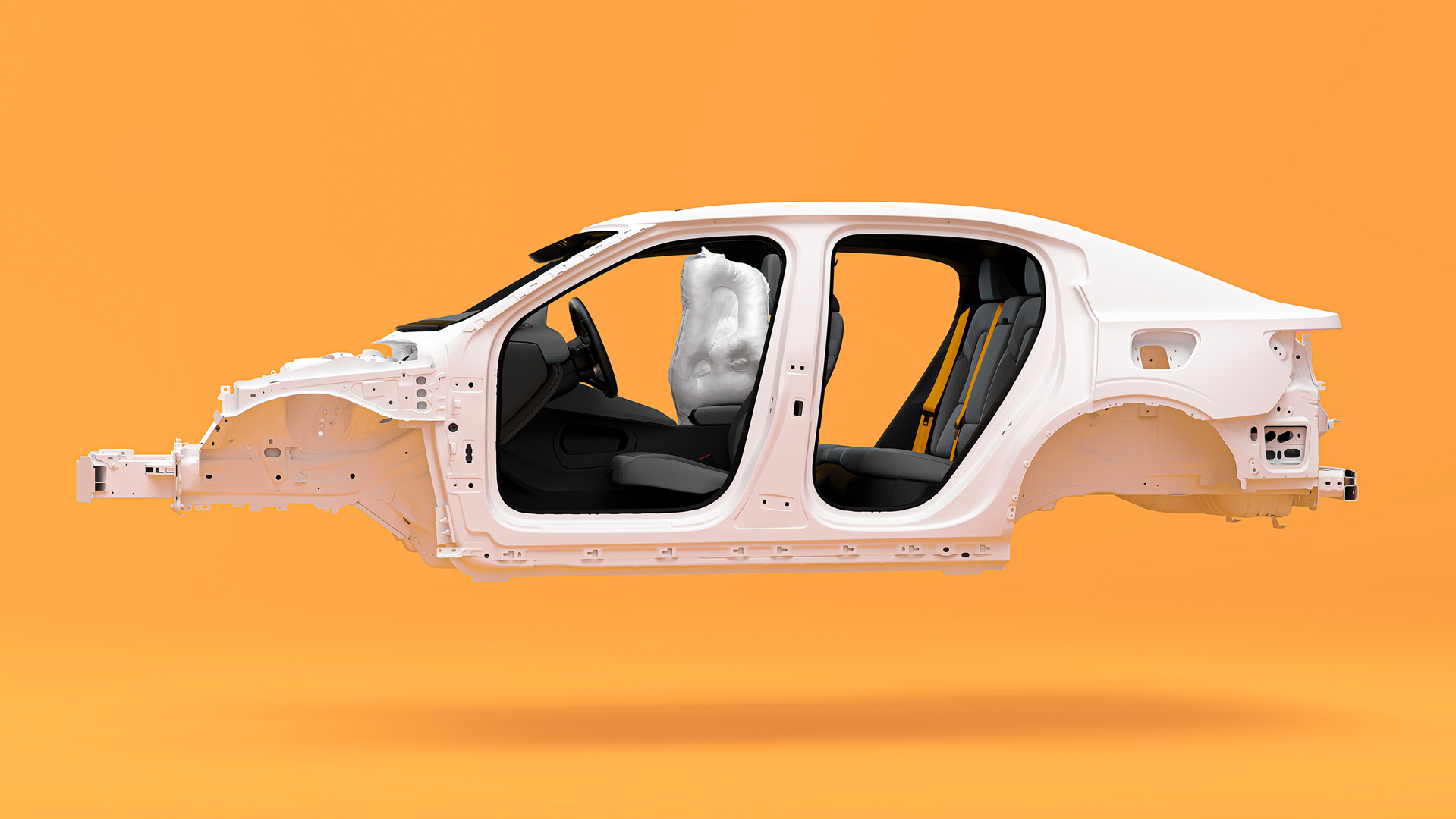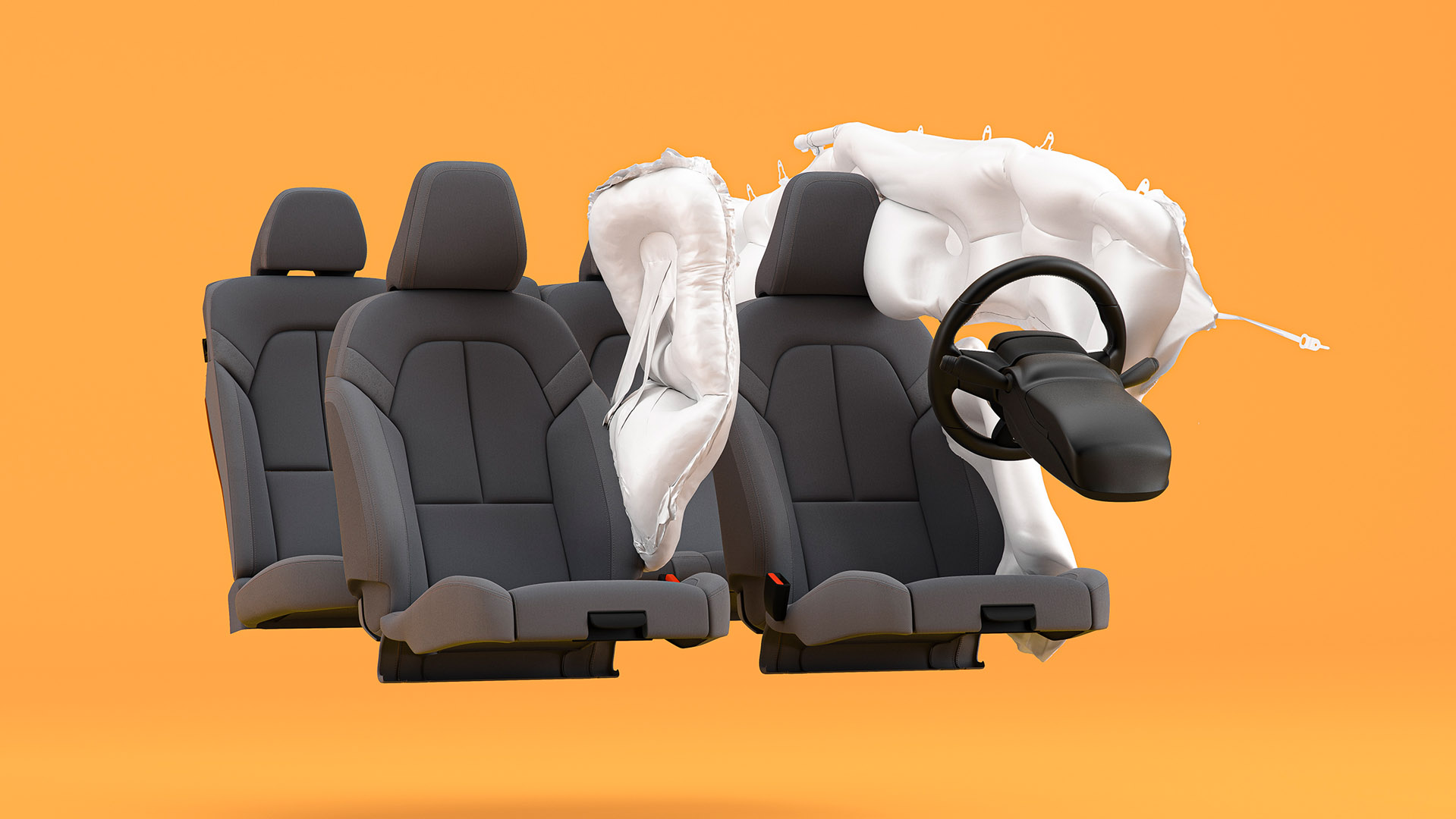Polestar 2 continues its role of spearheading the introduction and development of new technologies for the Volvo Car Group. It is the first fully electric vehicle to be crash-tested, the first to feature the new Acoustic Vehicle Alert System (AVAS) technology and the first to be fitted with new front-inner-side airbags within the Group.
“Safety is of paramount importance for Polestar,” comments Thomas Ingenlath, Chief Executive Officer of Polestar. “We are directly linked to Volvo Cars and with that comes their famous reputation for outstanding safety technology. So of course, Polestar cars are designed to be amongst the safest in the world and we are really proud of that.”
Read next: What is an EV? Everything you need to know about hybrid and electric vehicles
Protecting the battery pack in the event of a collision is crucial. Enclosed in an aluminium case for both protection and rigidity, the battery pack is fully housed within the floor structure of the CMA platform. This approach not only reduces the risk of damage and stiffens the body structure, but also protects occupants by keeping the battery intact in the event of a collision. The entire package has also been tuned to cancel certain vibrational frequencies, acting as a damper to reduce so called Noise, Vibration and Harshness (NVH).
In the event of a crash, the battery pack is automatically disconnected from the rest of the vehicle to ensure there is no live connection. Protecting the battery pack during a collision is key. Polestar 2 features the ‘SPOC block’ (Severe Partial Offset Crash) – a deflective solid aluminium block housed on the bottom edge of the front firewall on either side of the car, designed to minimise intrusion of the wheel and other objects into the cabin and towards the battery pack during partially offset frontal collisions. Increasing protection in the absence of an internal combustion engine, Polestar 2 also features a new Front Lower Load Path (FLLP) that protects occupants and the battery pack from more direct frontal impacts, for example with a pole.
Read next: Production of the Polestar 2 all-electric car begins in China
To improve safety at slow speeds, Polestar 2 features unique and specially developed external sounds as part of its acoustic warning system. Designed to be recognisable, non-intrusive and natural-sounding, the Acoustic Vehicle Alert System (AVAS) has been engineered according to very specific parameters, with a pending patent.
“We deliberately did not want Polestar 2 to sound like a robot or symphonic spaceship,” comments Thomas Ingenlath. “We wanted very natural, subtle sounds that simply let pedestrians know the car is moving. At the same time, we wanted Polestar 2 to sound slightly unique and become identifiable as a Polestar, while remaining relatively simple.”
Sound engineers have paid specific attention to the positioning of the external speakers to ensure the way the sound is radiated from the vehicle both complies with legal requirements and ensures a comfortable experience for both pedestrians and vehicle occupants.
Read next: Polestar Precept: The future of the electric car
Polestar 2 also features inner-side airbags fitted to the front seats. These new airbags, which are standard fitment in all markets, add an extra layer of protection for the inner limbs of the front occupants who are now individually protected from both sides, as well as from the front.
The safety arsenal of Polestar 2 expands beyond crashworthiness and audio warnings. All available safety systems and assistance features are fitted as standard in the launch edition, giving customers absolute peace of mind that they will be driving one of the most advanced cars on the road.
Buy a car phone mount on Amazon (Affiliate)
Polestar 2 debuts a new generation of Advanced Driver Assistance System (ADAS) technology, which will make its way into other products from the Volvo Car Group as well. Pilot Assist is an advanced driver assistance system which provides acceleration, braking and steering assistance up to 130 km/h.
In its latest guise, Pilot Assist features location-based enhancements which adjust the amount of assistance in acceleration based on the car’s actual position.
Detection systems for other vehicles in front, behind and in the blind spots of the car, as well as pedestrians and cyclists ahead of the car, are all coupled to steering assistance and autonomous emergency braking (AEB) to help ensure that interactions between other road users and Polestar 2 are kept as safe as possible at all times.








